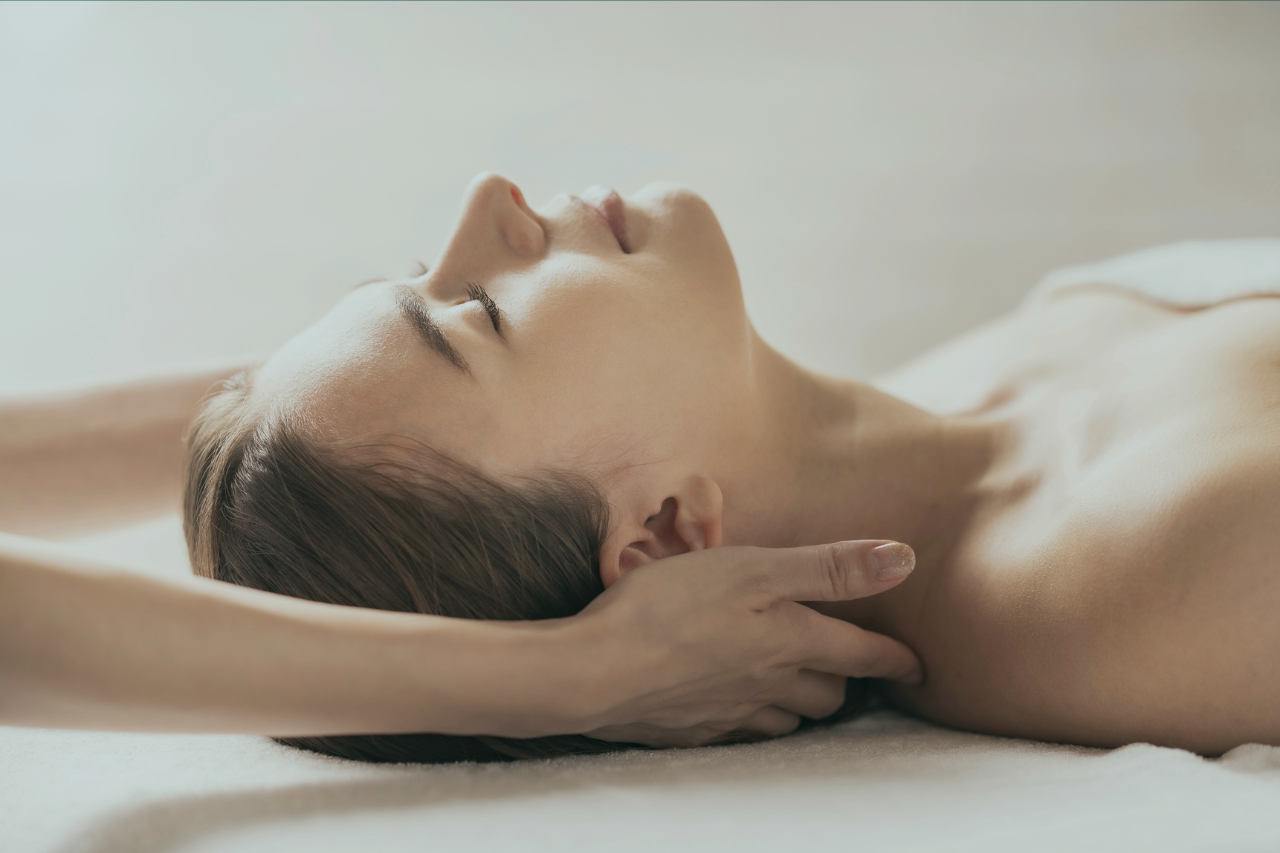Cranial osteopathy is a subtle yet powerful form of osteopathic treatment that works with the body’s natural rhythms to restore balance, relieve tension, and support the nervous system. It’s not just for the head — despite its name, cranial osteopathy can help address a wide range of conditions throughout the entire body.
What is Cranial Osteopathy?
Cranial osteopathy is a refined and gentle technique developed from osteopathic principles. It is based on the idea that the body has its own internal rhythm — known as the cranial rhythm or primary respiratory mechanism — which can be felt and worked with to encourage healing.
Cranial osteopaths use light touch to detect and release restrictions in the body’s tissues, particularly within the skull, spine, and sacrum. This method influences the central nervous system and promotes the body's self-healing mechanisms.
How Does It Work?
Cranial osteopathy works by:
-
Using finely-tuned palpation (hands-on sensory feedback) to detect subtle changes in tissue motion and tension.
-
Encouraging the release of physical and emotional stresses held in the body.
-
Enhancing the flow of cerebrospinal fluid around the brain and spinal cord.
-
Restoring balance and movement to the cranial bones, spine, and sacrum.
-
Supporting the nervous system, allowing the body to regulate itself more effectively.
Despite the extremely gentle touch, cranial osteopathy can create deep changes in the body, especially when used alongside structural and soft tissue techniques.
What Can Cranial Osteopathy Help With?
Cranial osteopathy is suitable for all ages, from newborns to the elderly, and is commonly used to support people experiencing:
In Adults:
-
Headaches and migraines
-
Neck and back pain
-
Jaw tension or TMJ dysfunction
-
Stress and anxiety-related tension
-
Chronic fatigue and sleep disturbances
-
Post-concussion symptoms
-
Sinus issues
In Babies and Children:
-
Colic and unsettled behaviour
-
Feeding or latching difficulties
-
Sleep disturbances
-
Flattened head shape (plagiocephaly)
-
Reflux
-
Irritability after a difficult birth
Many parents find infant cranial osteopathy helpful in supporting their baby’s wellbeing, especially following long or traumatic births, use of forceps or ventouse, or C-section deliveries.
What Does a Session Involve?
Cranial osteopathic treatment is non-invasive, relaxing, and calming. During a session, the practitioner will:
-
Gently place their hands on your head, spine, or other areas of the body.
-
Use light pressure to feel for areas of tension, restriction, or imbalance.
-
Apply subtle movements to encourage release and restore natural rhythm.
Patients often report feeling deeply relaxed, sleepy, or lighter after treatment. Some experience shifts over the following 24–48 hours as their body adjusts.
Is Cranial Osteopathy Safe?
Yes — cranial osteopathy is extremely gentle and safe for all ages. Practitioners are highly trained to assess whether this approach is suitable and to tailor treatment to your individual needs.
Is It Right for You?
If you’re looking for a gentle, holistic approach to health — whether you're recovering from an injury, dealing with chronic stress, or seeking support for your baby — cranial osteopathy could be a valuable part of your care.

